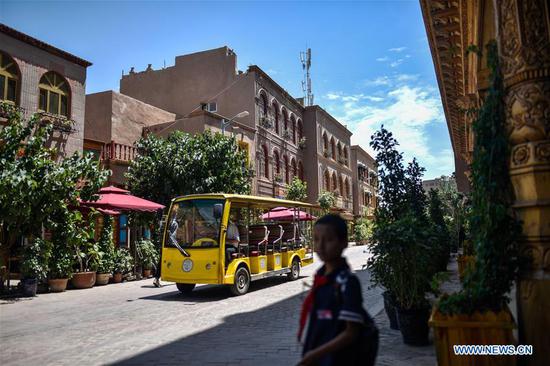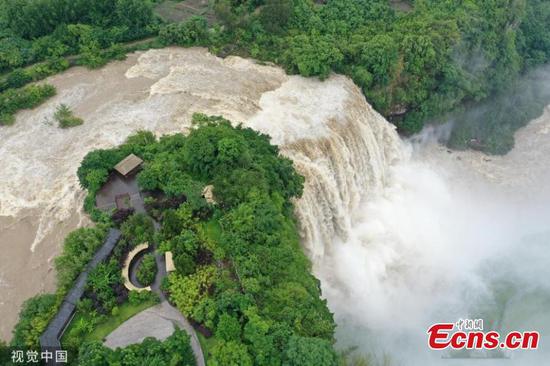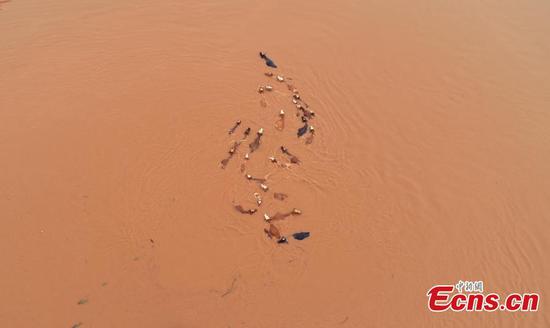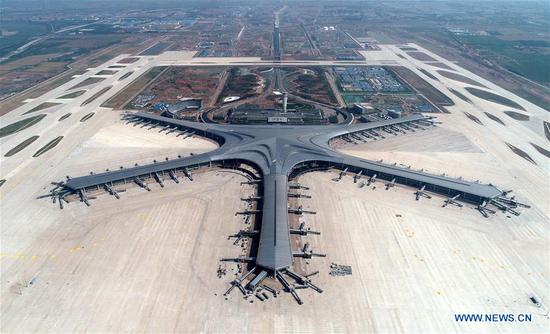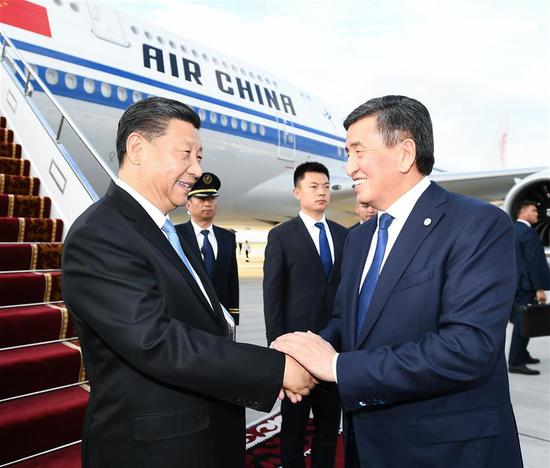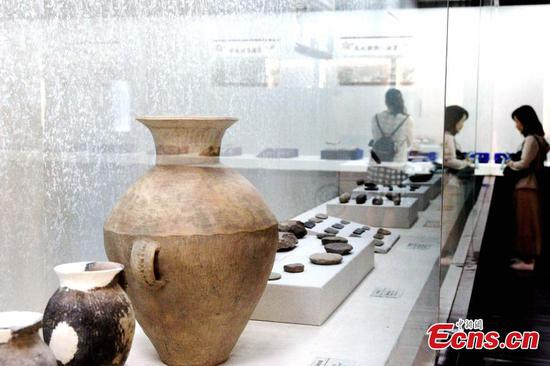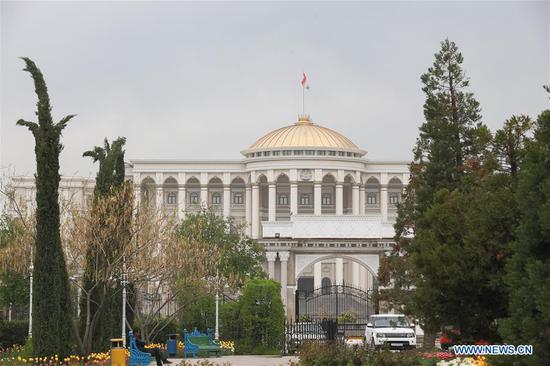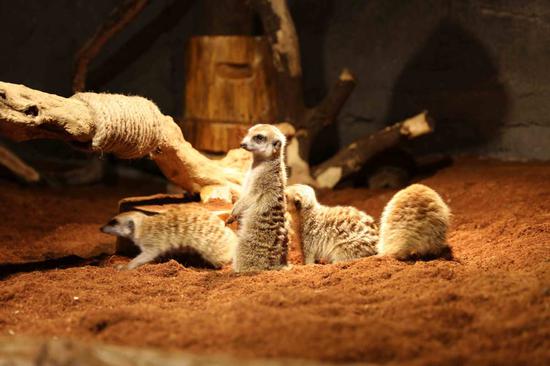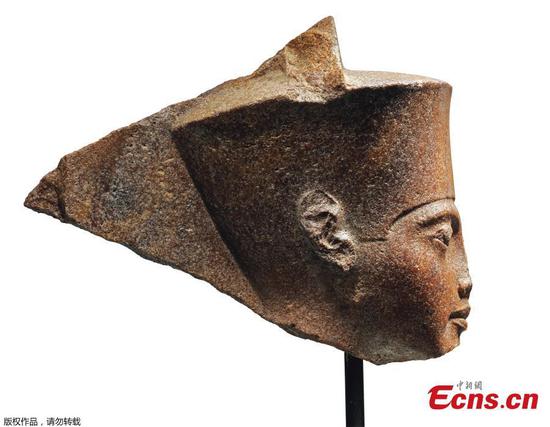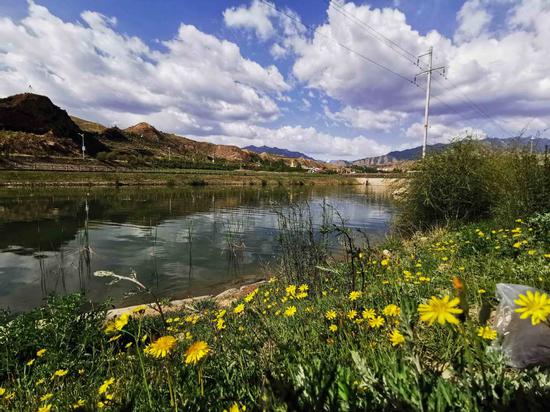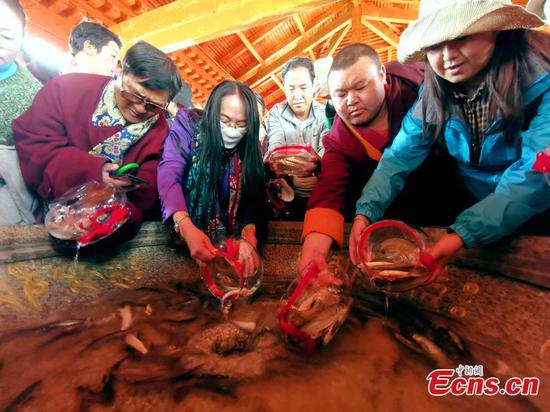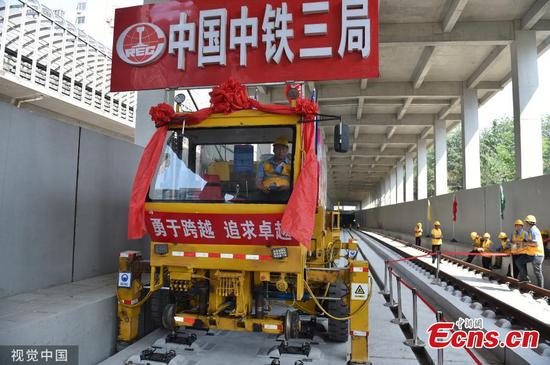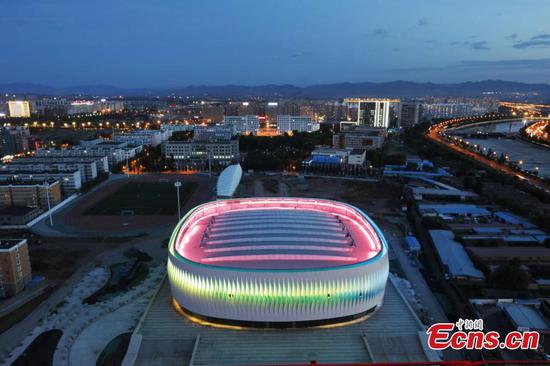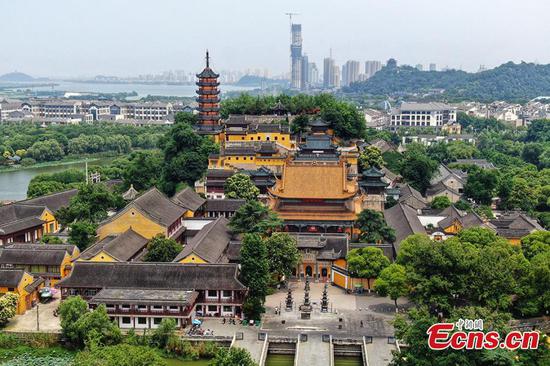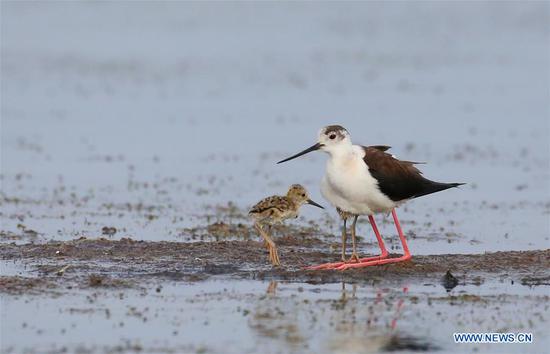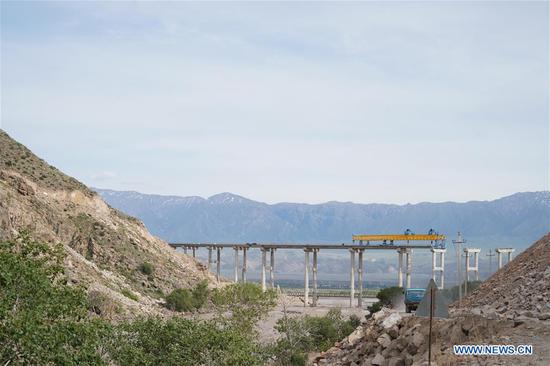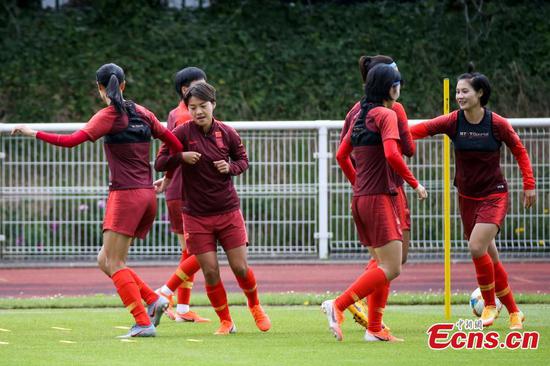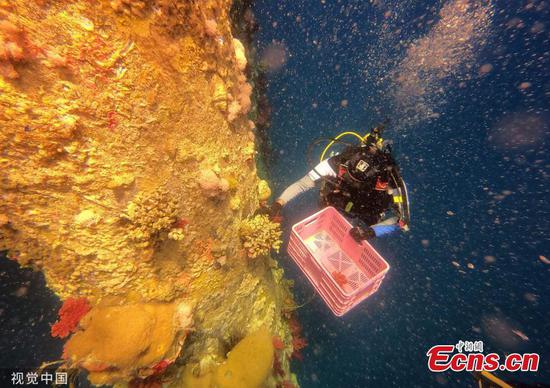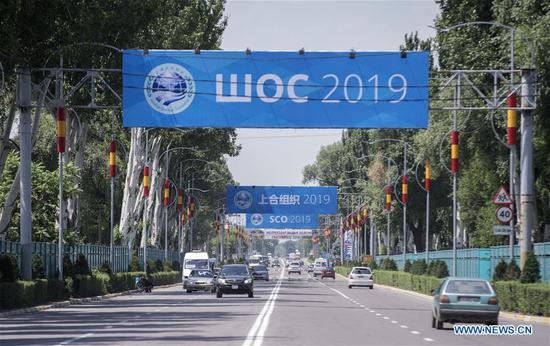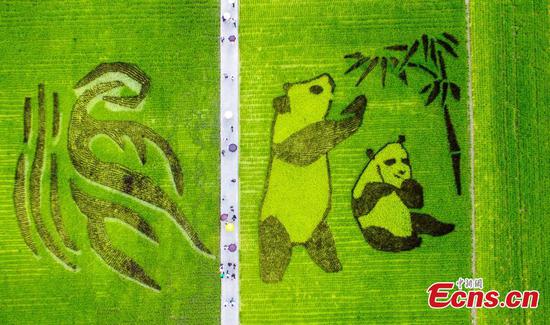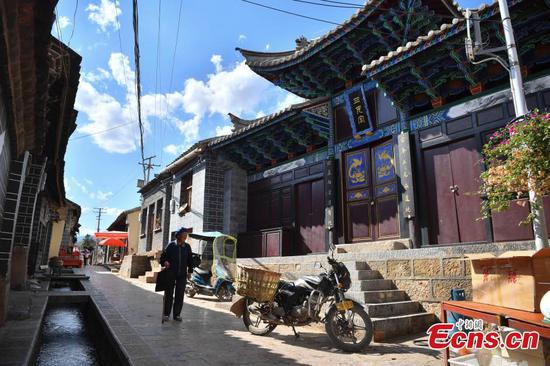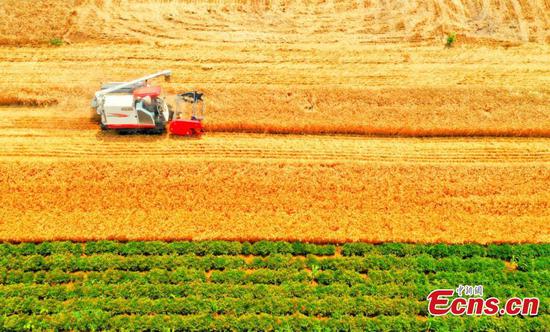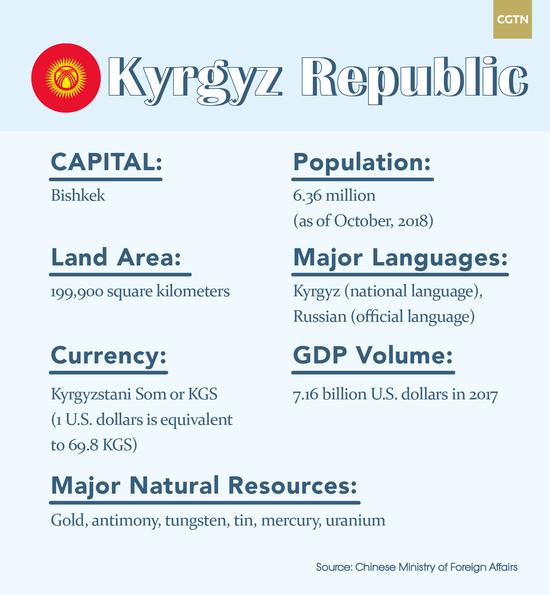
CGTN Photo
From June 12 to 14, Chinese President Xi Jinping will pay a state visit to Kyrgyzstan and attend the 19th meeting of the Council of Heads of State of the Shanghai Cooperation Organization (SCO) to be held in the capital city of Bishkek.
Kyrgyzstan is the current rotating chair of the SCO. During this year's SCO Business Forum in May, China and Kyrgyzstan signed a strategic agreement on promoting investment and cooperation. Kyrgyzstan has also signed on to join China's Belt and Road Initiative.
Booming bilateral trade
Today, China is Kyrgyzstan's top trading partner and one of its major investors. Last year, the total imports and exports between China and Kyrgyzstan hit 5.6 billion U.S. dollars, up 3.5 percent on a yearly basis and a 150-fold increase from the early days of diplomatic engagement.
At the end of 2017, China's cumulative FDI in Kyrgyzstan reached 3.86 billion U.S. dollars, with the key investment areas ranging from agriculture, infrastructure and transportation to energy and mining.
At the first China International Import Expo (CIIE) November 5-10 last year in Shanghai, Kyrgyz exhibitors inked sales contracts worth 1.2 million U.S. dollars with their Chinese counterparts. Exhibitors said they had long struggled to enter the Chinese market and the CIIE offered the opportunity they were seeking.
Kyrgyzstan is one of the earliest supporters and participants of Belt and Road Initiative, and major outcomes have been achieved through cooperation in economy and trade, energy, infrastructure development and connectivity.
The Datka-Kemin power transmission and transformation project undertaken by the two countries ironed out problems of uneven power distribution and patchy supply in Kyrgyzstan. The China-built Osh Hospital now provides locals with the best medical services in Central Asia.
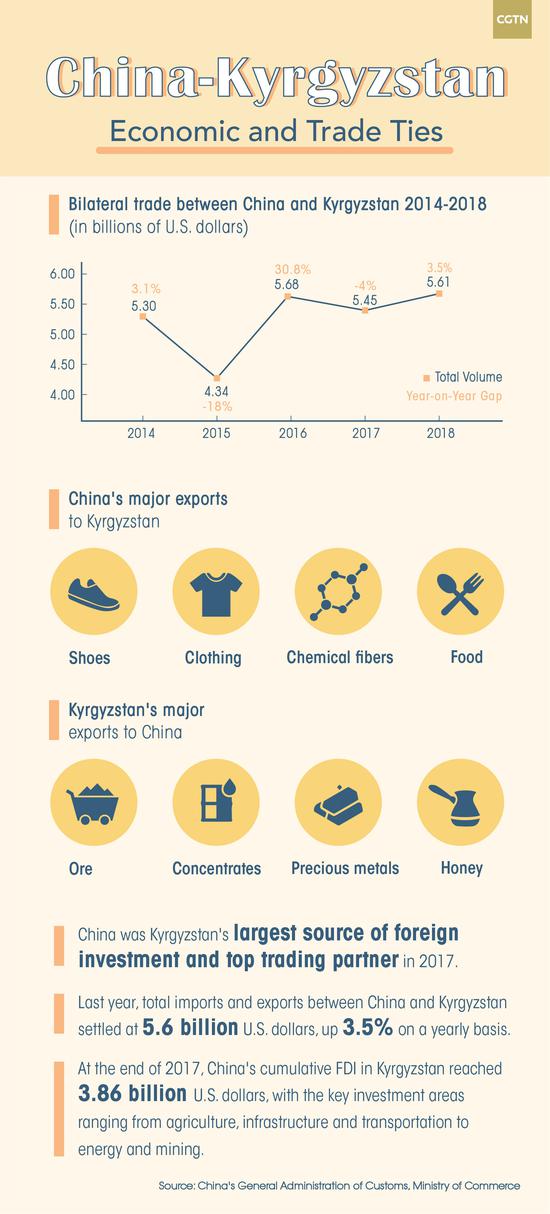
Intensified agricultural cooperation
Endowed with abundant sunlight, Kyrgyzstan is a hotbed of agriculture and animal husbandry, with 54 percent or 10.8 million hectares of its territory being meadow and arable land.
The Central Asian country has the upper hand in producing land-intensive agricultural products such as cotton, fruits, tobacco and vegetables, as well as breeding and grazing cattle, sheep and horses, while China has demonstrated an absolute advantage in the production of labor-intensive produce, indicating strong trade complementarities between the two countries.
Bordering each other also to a large extent brings down the transportation cost of commodities and offers great convenience for trade connectivity. Besides, the SCO has served as a well-functioning platform for economic cooperation between member states, hence Kyrgyzstan has shown a strong will to conduct economic and trade cooperation with China in terms of the agricultural sector.
The Asia Star Agricultural Industry Cooperation Zone in Kyrgyzstan, invested by a Chinese company, covers an area of 5.67 square km and has the most complete industrial chain and the soundest infrastructure among similar zones in Central Asian countries participating in the BRI.
The mountainous country has since 2018 exported a slew of fruits including cherries and melons to neighboring China as a way to build its berry culture into a national brand. As Kyrgyzstan continues to increase its export to China, green and quality Kyrgyz agro-products like honey and fruits can be found more often in ordinary Chinese households.
According to Chinese President Xi Jinping's signed article in Kyrgyz media, China stands ready to buy more quality agricultural products from Kyrgyzstan as a way to help and support the country in its effort to grow its economy and better the lives of its people.










